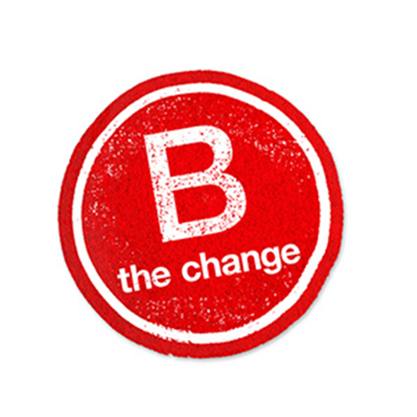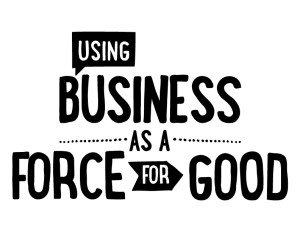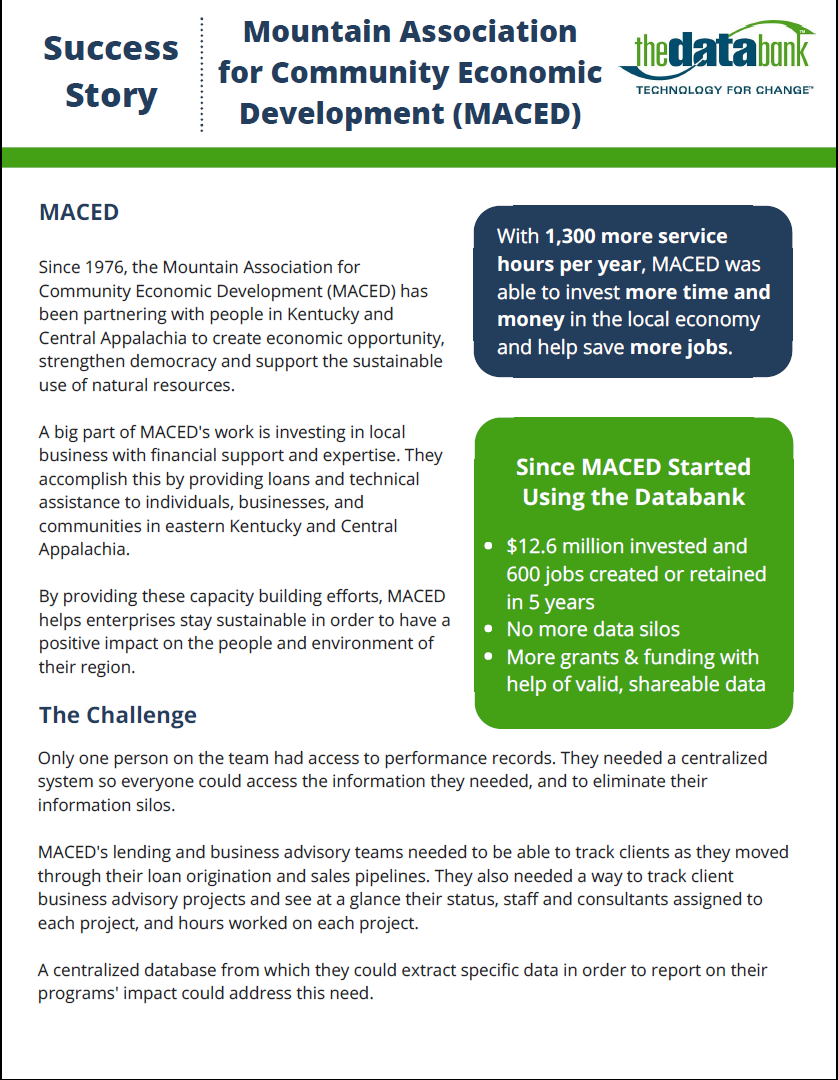It’s a common problem. The fonts on the web are boring. You are an interesting person, your constituents are interesting, and you deserve beautiful, interesting fonts. A special font helps your page stand apart from the crowd, appeal to emotion, and adds professionalism.
The Problem
Look at most web pages and you’ll see the same fonts appearing over and over. Right now you are looking at the most popular font: Arial. The reason that you see the same fonts appearing over and over has to do with the way your browser understands fonts. In order for a font to display, the browser needs a font file to know what the font looks like – this font file needs to be somewhere on your computer. When a browser knows that some text should be in Arial, it looks at the font files it has available to it and if the Arial font file exists, you get Arial. If it doesn’t exist, the browser will use a different font.
In short, the limitation for web fonts was choosing a font that most people had installed on their computer: Common fonts to all versions of Windows & Mac equivalents.
Solutions
Not too long ago, your only option was to use image software or Flash to create your text as an image. This is still an excellent option when there are only a few words that you would like to highlight. For HTML emails, this is your only option to include a special font in your message. The drawback to this method is that any text that is in an image will not be searchable (not indexed by a search engine).
In the last few years a new set of tools has emerged based on including the font files with your web pages. The recent major player in this category is Google Web Fonts. Google hosts the fonts for you and provides this service free of charge. Implementing the fonts for your site is also relatively painless. If your website includes pages created by third parties, the open source nature of Google Web Fonts means that you can afford to use your chosen font on all of your pages. Several CMS integrations for Google Web Fonts make it easy to integrate into your site.
Other options for font integration include Typekit and Font Squirrel. These work in much the same way as Google Web Fonts but have their own strengths and weaknesses. Typekit is a paid service with a lot more fonts available and integration with your website is made easy. Font Squirrel is a free service but requires a little bit of extra work to get set up.
Using any of these options you can steer clear of the same old boring fonts and express yourself with unique fonts that will show up on any computer.
Have you ever used any of these options? What did you think of them?





















 thedatabank, gbc is technology for change, and we walk the talk.
thedatabank, gbc is technology for change, and we walk the talk. 








